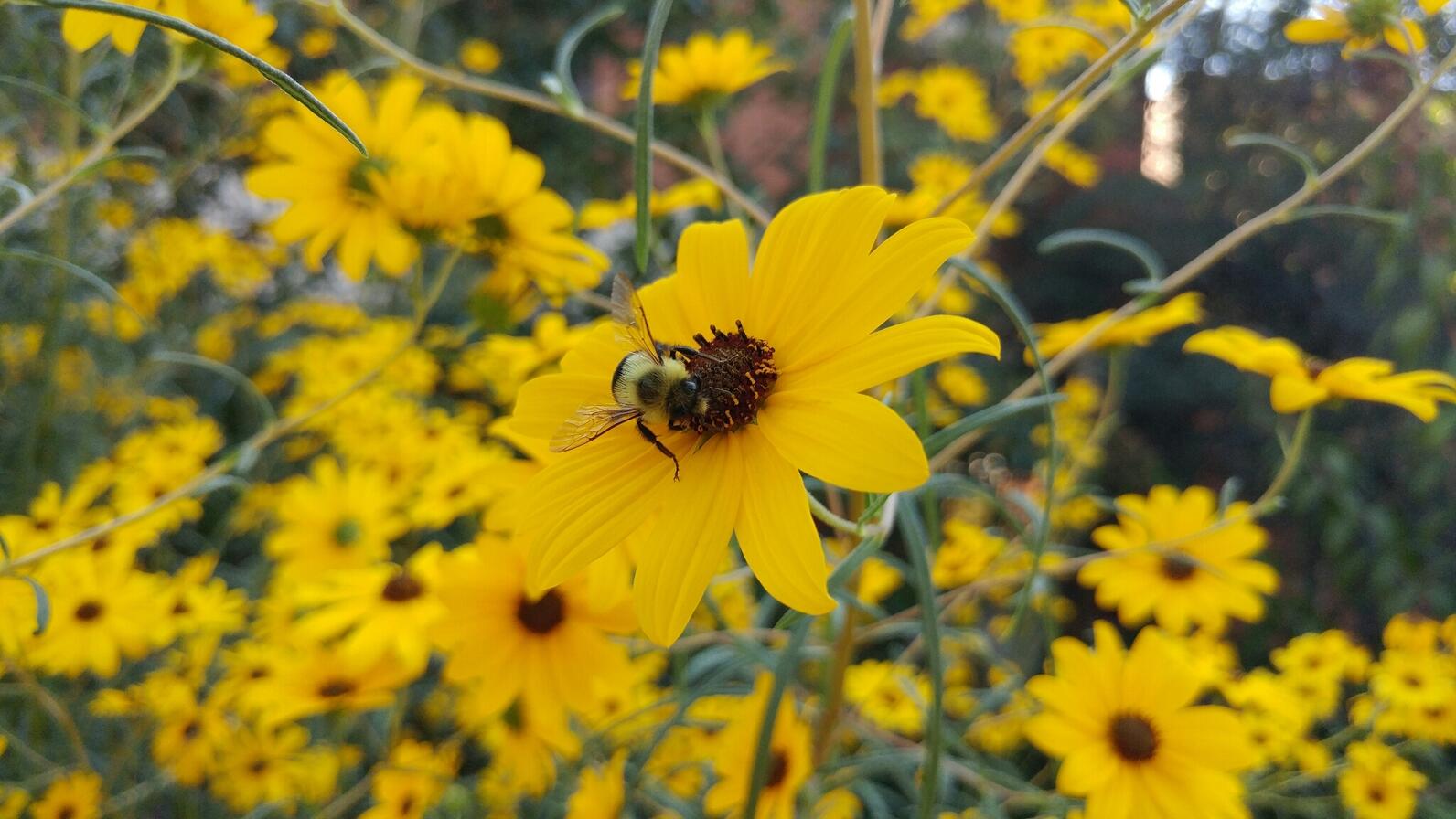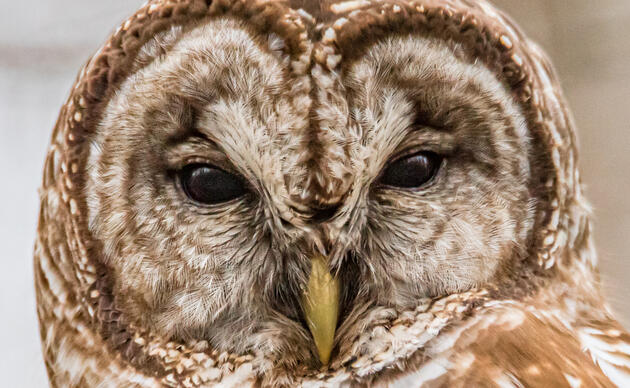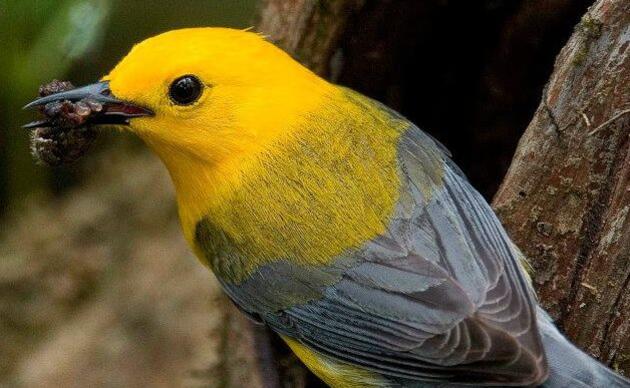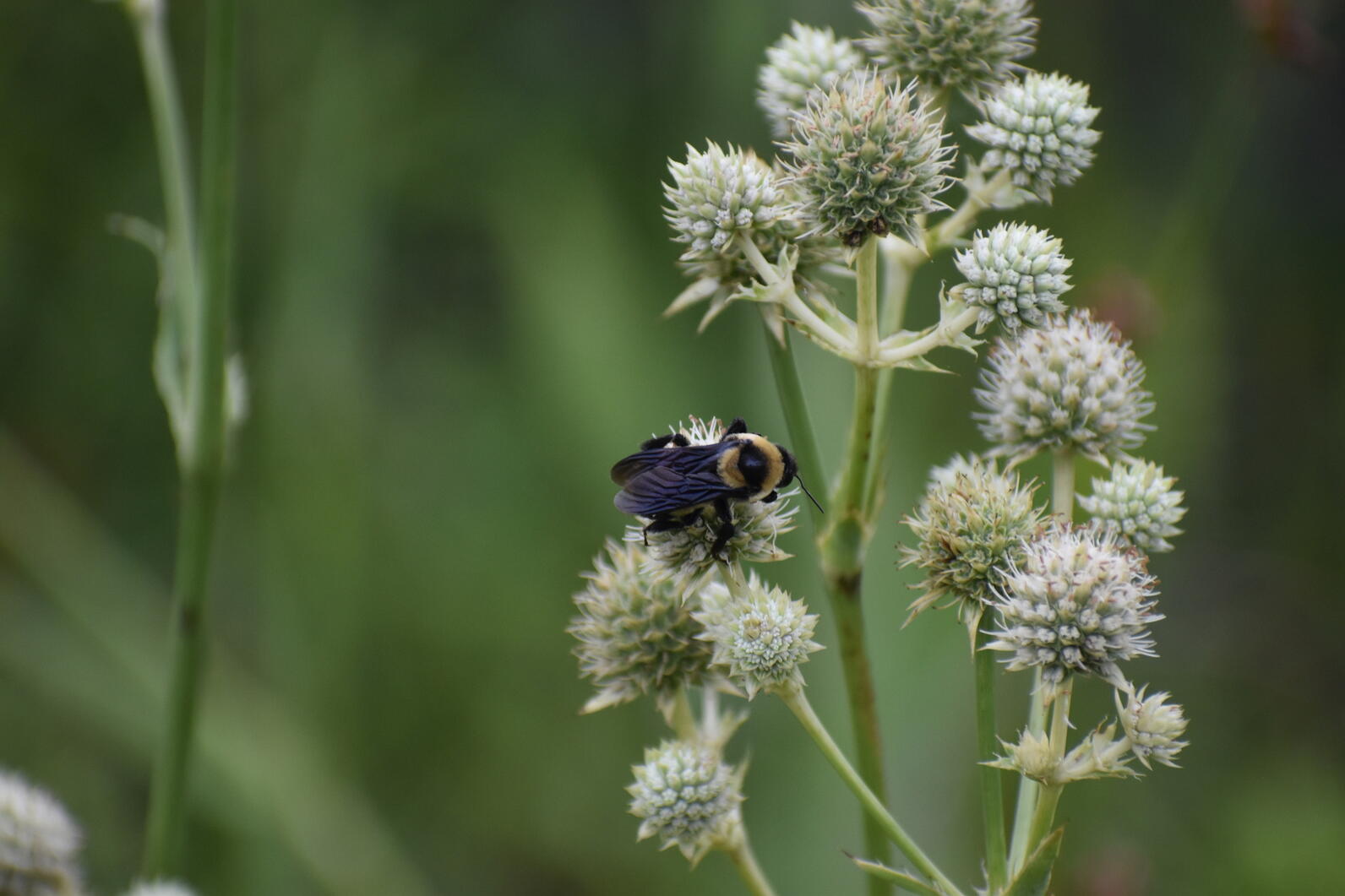
Audubon’s Beidler Forest Center and Sanctuary is probably most well-known for our ancient swamp and our conservation work with Prothonotary Warblers, but we do much more beyond those. One example is the restoration of Longleaf Pine and the grassland fields near the entrance to our driveway. Only a couple decades ago those were cotton fields, but through tree planting and fire maintenance many native species have started to return.
I was walking through one of our grassland fields in June and had an exciting encounter. While photographing some wildflowers I spotted a bumble bee foraging for pollen and nectar on one of the flowers. When I looked closer, I realized just how exciting of a discovery it was. The bee was a Southern Plains Bumble Bee (Bombus fraternus), an endangered species I had previously only seen in Longleaf Pine Savanna deep inside Francis Marion National Forest. Seeing that our grasslands were attracting an endangered bee species was very reassuring and proof that our efforts to restore this habitat were working.
Native bees are crucial components of healthy ecosystems. Pollen is the main protein source bees need for their young. It is during the process of collecting this pollen that they pollinate the flowers they visit. Unlike their invasive, non-native counterpart, the Western Honeybee (Apis mellifera), our native bees are extremely effective pollinators. In fact, many of our native plants have coevolved with our bees and some plants can only be pollinated by a handful of native bee species. For example, many members of the Nightshade family can only be pollinated by bumble bees.

Overall, native bees have been struggling in recent decades. Many bee species that were once common across large areas of North America are declining and some, like the Southern Plains Bumble Bee, are becoming quite rare. Habitat destruction due to development and the increasing use of agricultural pesticides are the two biggest threats that bees, and all insects, are currently facing. The loss of bees and other insects would cause major destruction to our local ecosystems.
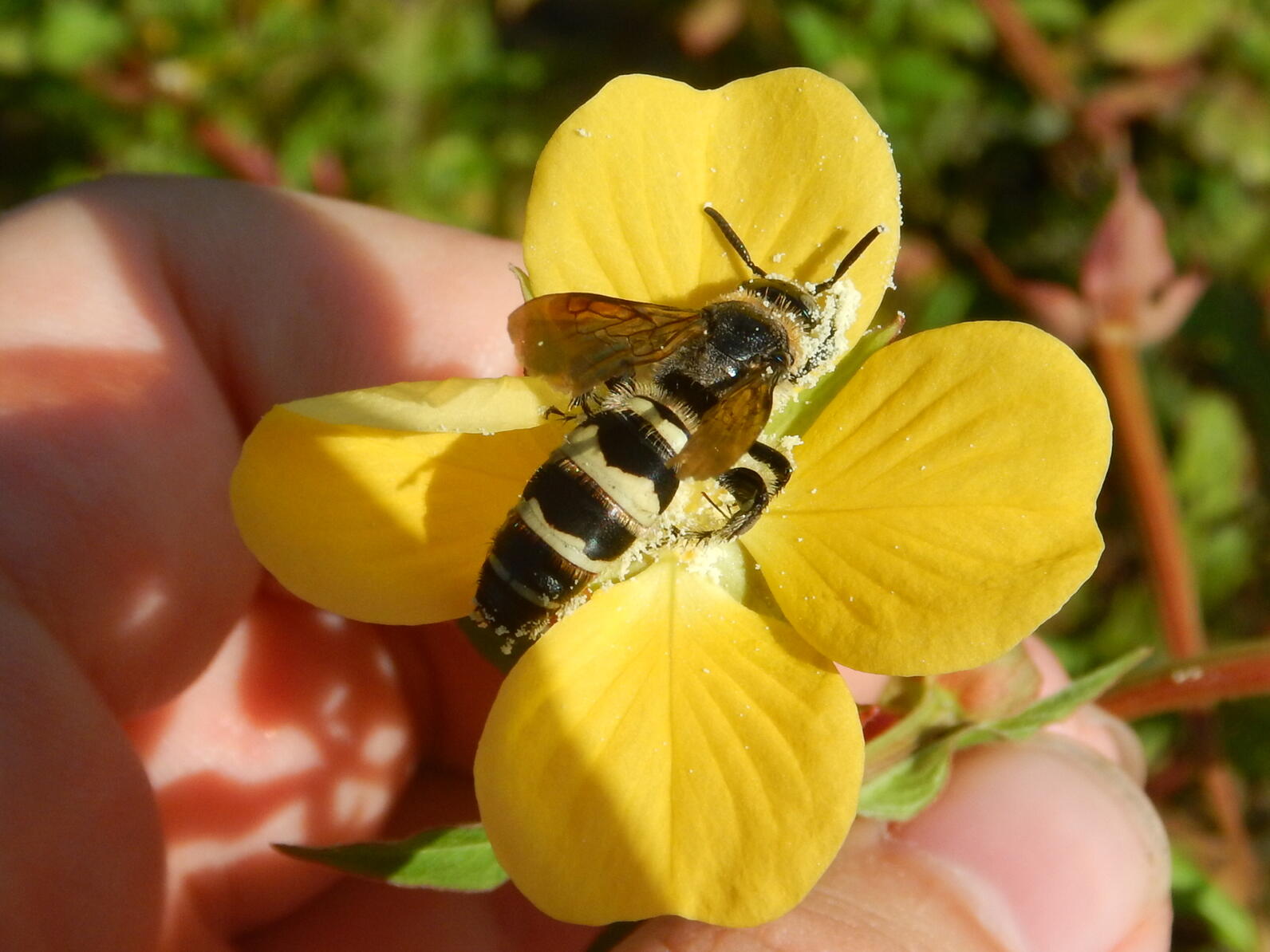
The situation is not hopeless, there are many ways you can help today. Planting native flowers in your garden is a great first step. Native plants feed native animals, starting with insects. Your local native plant nurseries should be able to point you in the right direction when choosing plants for your garden.
You could also consider leaving part of your property unmown during the spring and summer. Tall grass and wildflowers are very good things for supporting local native bees (plus it will be less work you have to put into mowing, a win-win I think). You can avoid the use of strong pesticides in your gardens, and instead use something gentler and more targeted towards pests.
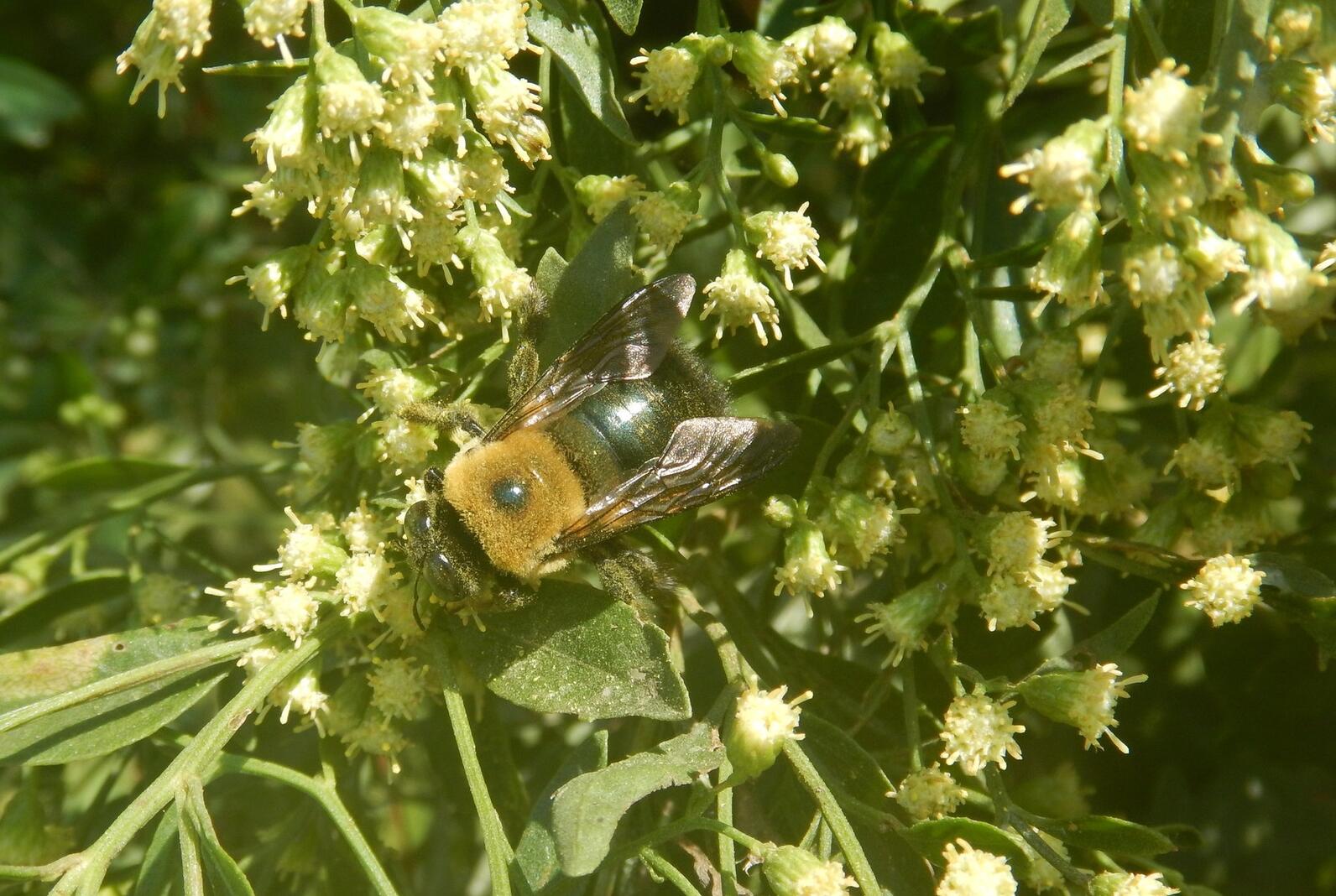
Bee hotels have become trendy in recent years, but it’s always a little sad to see them sitting vacant. They can be beneficial, but putting one in an empty yard will not be of much use for bees. In general, providing bees with a reliable and diverse food source is more important than providing them with housing. Once you create a place bees want to live then it would be a good time for a bee hotel. Leaving a brush pile would be another alternative that would also benefit many different insects, birds, and other wildlife as well.
And of course, you can get involved in local conservation and habitat restoration projects! Local wildlife organizations are often looking for extra help with the projects they are working on. Your help is always appreciated!
For more information about native plants, here are some useful websites:
https://www.audubon.org/native-plants
https://www.clemson.edu/extension/carolinayards/plant-database.html/inde...
